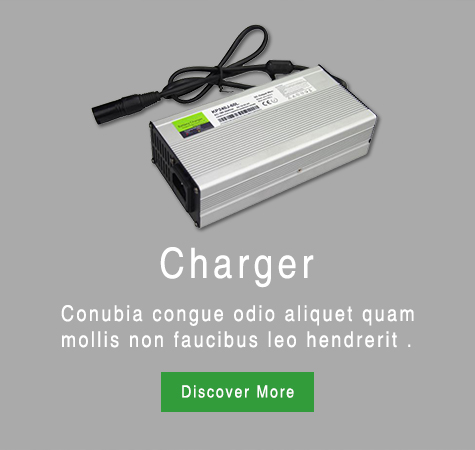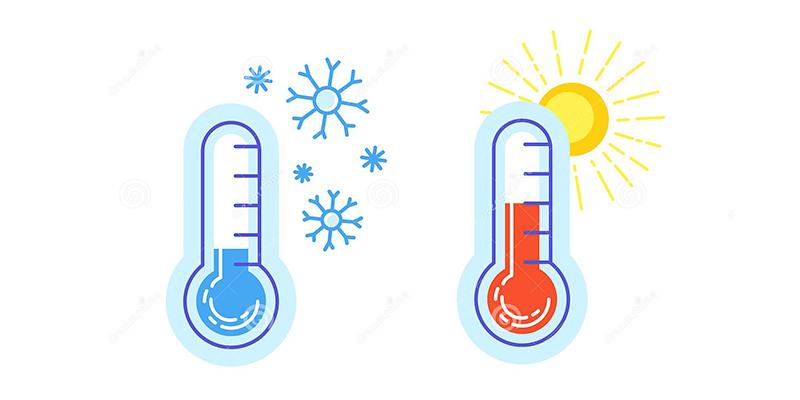Safety standards for lithium battery charging and discharging operations
Environment: Lithium batterie charging and discharging operations need to be carried out in a ventilated environment with suitable temperature and humidity. This helps prevent adverse conditions such as overheating and humidity from affecting battery performance and safety. At the same time, the charging and discharging area should be far away from the core area, and independent fire partitions should be set up to reduce potential safety risks.
Temperature: Prevent charging and discharging lithium batterie in high or low temperature environments. High temperatures may cause thermal runaway of the battery, while low temperatures may affect the battery’s charge and discharge performance. In addition, the charging and discharging current of lithium batteries shall not exceed the maximum current indicated in the specification sheet.
Charger: Charging operations must use chargers that comply with relevant standards and specifications and are of reliable quality. The charger should have safety requirements such as short-circuit protection, braking power-off function, over-current protection function, and loss-of-control prevention function. In addition, the battery pack should use a charger with a balancing function to ensure that the charge status of each single cell in the battery pack is balanced.

Battery: Before charging and discharging, you must check whether the battery is qualified. This includes confirming whether the battery is damaged, deformed, leaking, smoking, leaking or other abnormal conditions. If there is any problem, charging and discharging operations are not allowed, and the battery must be disposed of safely in a timely manner.
Avoid overcharging and over-discharging: Avoid overcharging and over-discharging during lithium-ion battery charging and discharging operations. Overcharging may cause problems such as increased internal pressure of the battery and electrolyte leakage, while overdischarging may cause battery performance to decrease and shorten its lifespan. Therefore, the voltage and current during charging and discharging should be strictly controlled to ensure that the battery operates within a safe range.
Power supply: When charging and discharging lithium batteries, a power circuit that complies with relevant national electrical standards should be used to ensure the stability and safety of the power supply.
If you have any question, please feel free to contact us:
- Name: Dawn Zeng (Director)
- E-mail address: sales@himaxelectronics.com



